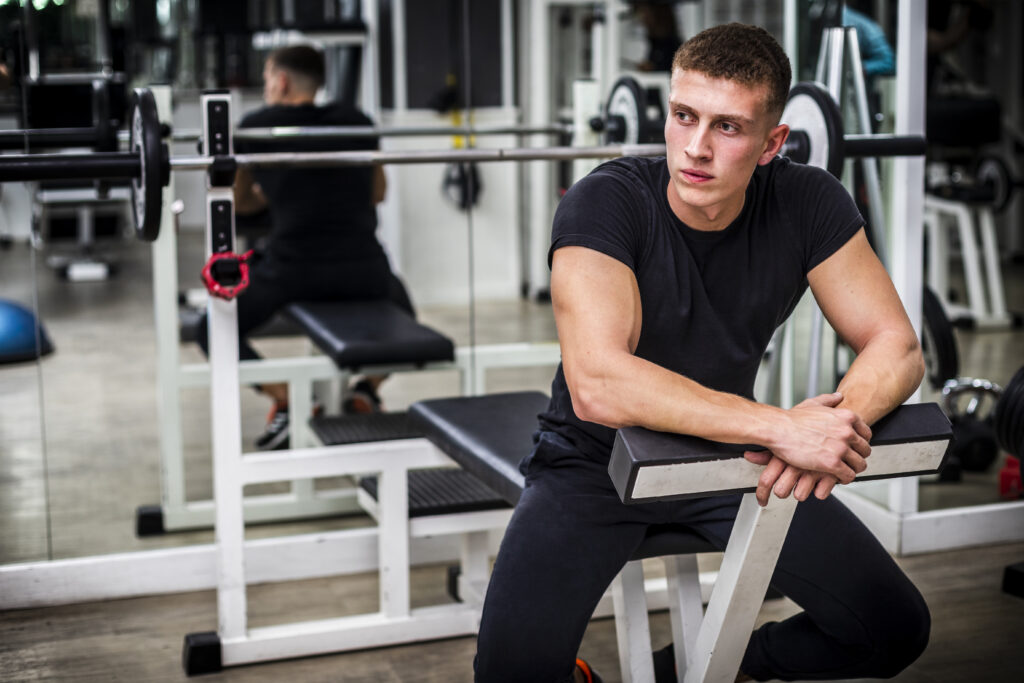Incorporating proprioceptive exercises enhances body awareness and joint stability, developing balance to reduce injury risks during sports, fitness, and daily living activities.
Beyond building sheer power or cardiovascular resilience, optimally programming fitness training exercise harnesses neuromuscular conditioning stimulating intrinsic stability through movement repertoire expansion facilitating injury prevention alongside performance gains.
Specifically, proprioceptive exercises boosting subconscious body positioning awareness proves fundamental for fostering this injury-resistant durability protecting joints against excessive event stresses.
This guide explores accessible training hacks leveraging proprioceptive movements for reducing injury incidence rates by cultivating innate postural control and balance.
Anatomy of Proprioception
Before detailing technical step-by-step protocols for specific fitness exercises, first elucidating essential anatomical background on proprioceptive structures proves instructive for apprehending the sheer impact of focused proprioception stimulation in optimizing injury resilience.
In particular, comprehension of the various physiological components encompassing the overall proprioceptive feedback loop remains critical, including:
- Mechanoreceptors sensing joint/tissue changes
- Afferent relaying of signals to central processing
- Motor activation responses to positioning state
- All ultimately modulated by central sensitization levels
The Injury Risk Protection Imparted by Proprioceptive Training
With foundational understanding established regarding the diverse biological touchpoints influencing positional stability and movement governance, next exploring direct ramifications of enhanced proprioceptive acuity particularly around sports injury protection contextualizes the sheer benefit of dedicated inclusion in periodic training.
In short, boosted proprioceptive firing confers direct mechanical and neuromuscular durability through:
- Optimized tension buffering around vulnerable joint soft tissues
- Reflexive muscular firing rate amplification defending joint spaces
- Postural pre-tension set point modulation
- Reduced motor pattern instability
All the above combines to provide a sheath protecting joints from excessive runtime event stresses making traumatic structural failures inevitable otherwise.
Best Proprioceptive Exercises Targeting Injury Protection
While activities emphasizing balance stimulation inherently enhance proprioception like surfing or slacklining, those seeking structured supplemental training can leverage targeted drills including:
-
Planks
By holding static full-body extension, minute micro-corrections in muscle activation patterns subconsciously trigger to avoid collapse, thereby heightening positioning sensitivity.

-
Single-leg RDLs
By splitting stance to isolate each leg while articulating through hip hinge patterns, global coordination refinement results through experientially exploring new motor solutions stabilizing posture.
-
Hip CARs
Tracing controlled movements expanding range of motion front-to-back and side-to-side with the femur in relation to the acetabulum dials in precise control authority over the hip.
Master such movements with high mindfulness, low external load and gradually progressing duration for maximizing returns!
In closing, dedicating training days fully to proprioceptive skill acquisition alongside conventional strength pursuits provides the secret sauce for simultaneously reaching Peak physical preparedness while protecting against inopportune injuries!
FAQs
How often should I incorporate proprioceptive exercises into my training?
Aim for at least one dedicated proprioception workout weekly focusing on balance and bodyweight movements. Even brief 10-15 minute sessions confer great benefit. Additionally, warm up before workouts with foam rolling, banded walks or other neuromuscular prep.
Will performing proprioceptive exercises help joint pain?
Yes, by bolstering positioning sense and stability through improved motor control, mechanical stresses become distributed more evenly across joint spaces instead of concentrated in vulnerable areas. This alleviates microtraumatic pain triggers.
What beginner proprioceptive exercises can I perform at home?
Great at-home options include standing single-leg balances with eyes closed, tandem stance walks across a line, and standing on one leg while moving the other leg or arm in controlled arcs or writing letters with your toes.
Can proprioception be improved through special tools/equipment?
Yes, devices like wobble boards, BOSU balls, balance cushions and padded foam rollers challenge stability in new dimensions compared to flat, rigid surfaces. Start with support nearby and gradually remove handholds as skill improves.

